The New Standard of Residential Living in the Philippines
There is a new standard of residential living in the Philippines. I grew up in a regular neighborhood where I am taken directly to the outside world beyond the gates of our home. Today, more and more homes are being enclosed in gated subdivisions and villages where community living is more independent and contained.
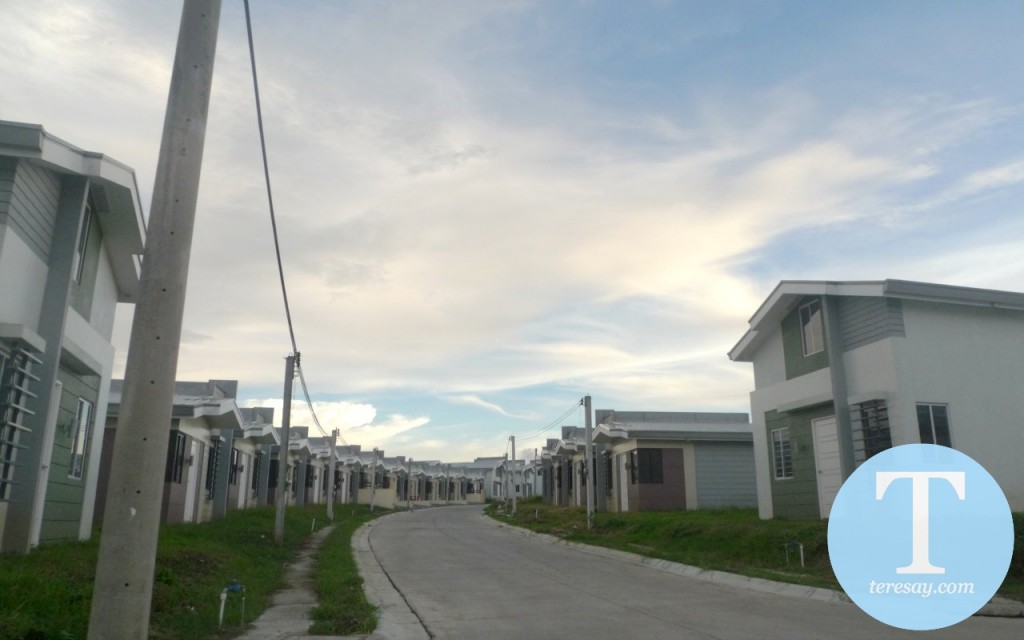
Traditional Filipino Residential Communities
Traditional Filipino residential communities in cities used to be characterized by homes that are found in a certain location usually clustered together depending on political mapping of streets for the purpose of government’s delivery of services. Each home is part of a barangay and each together with the surrounding homes constitute a community. For purposes of identification, each home has a designated address made up of a house number, street name, barangay, city or municipality, the province, and the zip code. Metro Manila addresses usually omit the province and addresses in the City of Manila in particular usually indicate the district instead of the barangay.
Homes can refer to single detached structures, apartments, rows of houses in a family compound, and other forms of dwelling that serve human residential purposes. The personal territory of each individual, family, or other groups of people is indicated by the territorial boundaries of the property as indicated by walls, fences, gates, and other forms and marks of such territory. Each resident is expected to follow and abide by the existing rules and regulations of the barangay in particular and the country in general.
Residential Living in the Philippines Today
For many years now, private land and property developers have been offering Filipino individuals and families a way of residential living that is a lot different from the traditional. Subdivision living, village set-up, and condominium lifestyle are just some of the many residential options that are being proposed to the home-searching market of the country. Most developers line up different projects to cater to the various economic levels and lifestyle preferences of people.
Beyond the basic housing needs, a number of developers have already come up with other options that address the other needs of the more affluent class. Thus, we see offers for beach homes, vacation homes, and other proposals for the “second home”. It does not require much searching to acknowledge the fact that residential and commercial developments are simultaneously sprouting in many parts of the country. It has long been an established fact that there is a market for housing products in all levels of society.
Housing for the Average Filipino Family
It can be quite difficult sometimes to determine what an average Filipino family is like given the wide gap between the two extreme economic realities in the country. The difference in the actual number of the extremely rich versus the extremely poor tend to present a skewed picture of the middle ground. For purposes of easier presentation, this article would refer to middle class families wherein the heads of the families are gainfully employed to provide basic needs of its members while allowing some degree of luxury to address wants.
A lot of property developments now are being focused on this particular market. Young people with promising corporate careers, families of overseas Filipino workers or OFWs , or families with several gainfully employed members such as siblings who can contribute to the common goal of acquiring a house, are all probable targets of these developments. With these offerings, homeowners are being promised a new way of living characterized by safety, convenience, and beauty.
The Village Proposition
The most common residential proposition to Filipino families today is to live in a village. Living in a village as presented in many brochures promises gated and fenced private territories manned by security guards, complete and reliable facilities, amenities like clubhouses and sports areas, and a certain degree of control of running the village by being part of the homeowners’ association.Aside from the local and national rules, regulations, and laws, residents of villages are required to follow those that are established for each specific village.
With such promise comes the responsibility of paying association dues and active cooperation towards the improvement of the village as a whole. It is not uncommon to find villages where the residents come from the same company or nature of work. Houses in villages commonly appear to follow a theme or design and deviations from such are typically not encouraged.
My Say
There are a good number of property developers who have successfully penetrated the housing market for Filipinos. If one looks into the thelist of developers who are considered to be the most reputable, we would see names that come with solid track records for delivering what has been promised to homeowners. Paying for a home for at least 5 years or up to 25 years for some is no joke. Property developers should realize that they are peddling or selling dreams to Filipino families so they should take care not to deliver nightmares that come in the form of poorly constructed homes and invisible facilities.




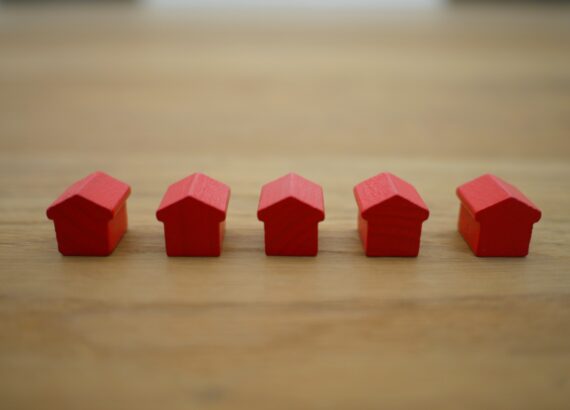




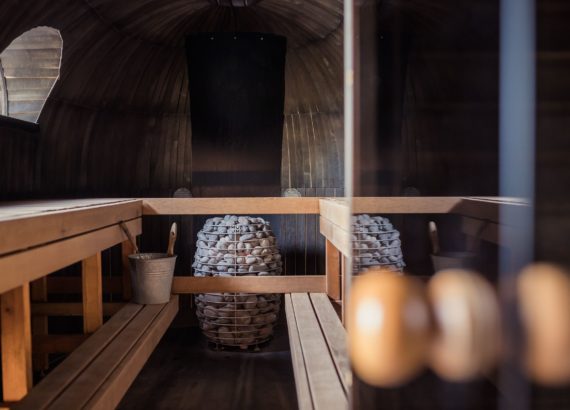
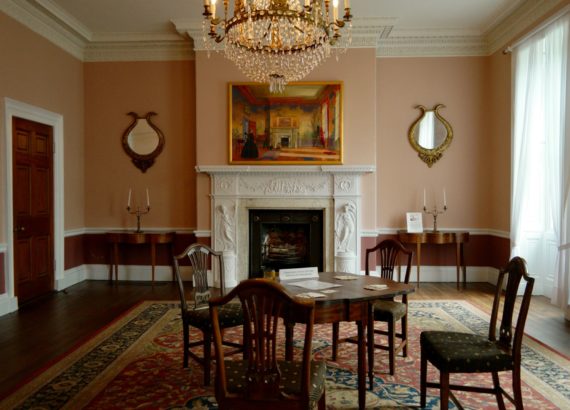

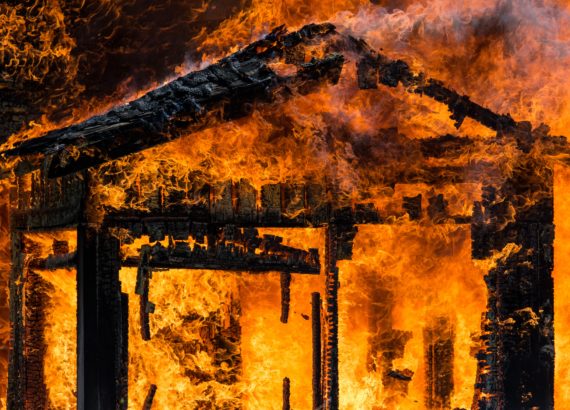
Franc Ramon
I think it’s important to see the reputation of the developer and the type of projects they develop. I fore one go for the developers who add a touch of nature in their projects like Ayala and Fil Invest.
Teresa Martinez
I definitely agree with you on this.
allena83
Traditional Residence is what I grew up on. It’s nice if it’s in the province because it isn’t that bad. Unlike being here in Manila where you’d always fear for the worst.
I would like to live in a village where me and my future family will feel safe. I’m working to fulfill that dream. It’s going to take while but I know I’ll get that dream home in the right time. 🙂
Teresa Martinez
With much hard work and determination, I’m sure you will fulfill your dreams.
Cheerful
I grew up in an Traditional Filipino Residential Community and the people I knew since I was young are still the same people I can see now everytime I am home who are more like a family to me, although some few things change. Having been experienced living in a private gated community in Penh and in serviced apartment here in Bkk…I still think that living in a village, subdivision or even baranggay is great especially if you have kids. 🙂
Teresa Martinez
We can make the best of where we are living and we can still be happy.
Anna
Designs now are much nice looking, more minimalist. I hope developers would prioritize good drainage to avoid flooding and landslides.
Teresa Martinez
Yes, that should always be a priority. many developers build houses without first preparing the surrounding environment. A good developer always consider the future use of occupants.
Chubskulit Rose
I totally agree with you. Paying the mortgage every month is not fun so it is a must that we are buying a home that is made in high quality.
Teresa Martinez
Paying for something that will turn out worthless is really difficult.
Quimz
Yeah I agree that living in a certain village feels more secure but I also hope that the low cost housing doesn’t have to be low quality too.
Teresa Martinez
Yes, there’s a real problem in that area since many buyers suffer for getting low quality housing instead of low-cost housing.
papaleng
Been to this environment almost 75% of my life. You need lots of heart to survive. LOL But, so long as the place is not fire-prone. Oks lang.
Teresa Martinez
As long as we are happy where we are, there is no one to say where we should live.
betchai
I like the village, with clubhouse and sports areas, I was able to stay with my younger brother during my last vacation, and the clubhouse was so neat and clean, in fact, the pool is even a lot cleaner than some resorts I know.
Teresa Martinez
Village living is my personal choice. It may not be perfect but it’s the closest to ideal for me.
Swexie | Fashion and Beauty Blog
I haven’t lived in a gated community, and I could not imagine myself being trapped in one. I like the subdivision I’m in and it’s where I grew up. I live in the city, but our subdivision roads are still bare and uncemented, with pools of water after heavy rain. I loved how we can play shatong or tumba lata in the street outside our home when we were young. Now, kids in gated subdivision are just inside their houses playing computer games without much interaction from their neighbors.
RIght now, gated subdivisions are really nice to see and with the added security, how can one refuse? But I still find it too hard to move in the 100-square meter lot with 70-square meter floor area, it’s not a place for big families.
Teresa Martinez
Fortunately, gated communities made today will not make anyone feel trapped. Houses though tend to be smaller especially in low-cost housing units and may not be exactly ideal for big families. Still, I personally find it a good living option.
Wouldn’t you agree that kids playing computer games inside their houses most of the time can be found everywhere, regardless of the type of environment?
Ria C
I love your post. Real estate has evolved through the years. I remember growing up in a gated subdivision with the nearest neighbor is few meters away, also enclaved in their own big and tall fences. Now, the housing units in most subdivisions are designed in such a way that it looks very communal with no fences. I think it’s very nice to be closer to neighbor who can keep a close watch on your property when you’re away.
And for being an OFW, securing properties back home is our primary goal. We managed to get several properties and we are looking forward to construct our dream home in the near future before we all decide to come home for good.
Teresa Martinez
Wishing you all the best for your plans to build your dream home.
markpogi
I kinda missed living in this kind of environment. I grew up in a village which is so promising that I saw it grow as I grow.
Teresa Martinez
I must say that I prefer living in a village because of better security and cleaner environment.
- Justin -
over the years, the standards of living has definitely changed.. the design in town homes and subdivisions have adapted towards the need for larger space within a small space provided. condominiums are really in because of the amenities. 🙂
Teresa Martinez
Modern living has indeed made the condominium option necessary for many like busy career people although I think the village or subdivision atmosphere is better for families.